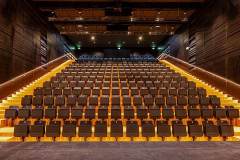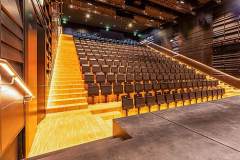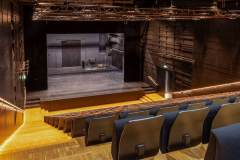Electric Fish
February 2025 | ||||||
|---|---|---|---|---|---|---|
Mo | Tu | We | Th | Fr | Sa | Su |
Youth opera about belonging, friendship and acceptance.
13-year-old Emma has to move from Dublin to a small town in north-east Germany. The abrupt change of location causes her great distress; she hates everything about this new place. Together with her new school friend Levin, she devises a plan to get back home. The sea as a connection and separation between the two places takes on a whole new meaning when Levin's mother suddenly needs help and Emma reacts at just the right moment.
“The sea lies between the new place of residence and the missing home: it separates and connects at the same time.”- Excerpt from Elektrische Fische
The opera is based on the young adult novel by Susan Kreller and the play by Barbara Kantel and Brancko Janack. In the production, the leading team led by Dutch director Kenza Koutchoukali focuses on the constant and close interaction between singers and musicians. The stage consists of five movable elements that reflect the five layers of the ocean. They are moved and rearranged by the performers themselves to illustrate the atmosphere of each scene. Sometimes concrete, sometimes abstract, they show different locations such as the classroom, Levin's home or the multi-layered ocean with its mystical depths.
Music
Elektrische Fische by Hannah Eisendle is an opera for soprano and tenor, three instruments - cello, clarinet and percussion - and electronics. In this work, composer Hannah Eisendle explores the question of how music can convey content independently of scenic and linguistic representation. How can music be used as a means of communicating the unsaid? How do silence, incomprehension and denied communication sound? The electronics serve as a musical link by acoustically concretizing the scenes. Soundscapes are also used, which visualize different places and thus make us aware of both connectedness and separation.
What makes a home is always in the eye of the beholder. Emma misses her grandparents, the English language, but also peppermint gum and the "Thank you" - the polite thank you to the bus driver when getting on and off the bus. The opera Elektrische Fische shows how difficult it can be to adapt to a new environment, but also how the environment can influence this adaptation and what role each person can play in it.
With delicate, poetic language and tonal acumen, the piece tells of upheavals and major changes that happen in life, of homesickness and the feeling of being lost in a new environment, but also of the power of friendship and cohesion within a family. Elektrische Fische is about the importance of language and (lack of) communication and looks for ways of living together in difficult situations.
A special feature of this opera is that the musicians are also part of the scene. They repeatedly take on different roles in the piece. Sometimes they represent different moods and atmospheres such as the feeling of weightlessness or chaos, sometimes they embody specific roles such as Emma's sister Aoife, a teacher or classmates; or they "only" act as instrumentalists who bring the music to life.
Program and cast
Text: Krysztina Winkel
Duration: 40 minutes, no intermission
This is a co-production with Jeunnesse, Oorkaan
NEST - New State Opera
Can the Vienna State Opera be reinvented? Perhaps, but it can - and must - be constantly rethought. Rethinking it means making it even more diverse, even more inviting, even more open. You can think of it as an additional venue, a place created especially for children, young people, young adults and families. And it is precisely this idea that we will realize on 7 December 2024.
On this day, a new state opera house will open with its own very rich program - around 100 events on stage in the first season and 80 dates for a wide variety of workshops, for creating, discussing and getting to know each other. A place for everyone who is young and curious - or has remained so! - and want to get involved in something that can be life-changing. In other words, new music theater in its most diverse forms and ramifications, accessible to everyone without any barriers.
It has long been clear that such a venue is needed. Even such a large repertoire house as the Vienna State Opera, with its uniquely broad international offering, reaches its limits when it comes to expanding its repertoire. The Haus am Ring already stages well over 300 performances every season, and it is hardly possible to add substantially more in one house. And if you are really serious about a comprehensive, consistent and continuous program for the younger generations, then you need more than a few additional performances of the notoriously sold-out children's and youth operas. A younger audience is also entitled to an appropriate offering, and not in order to attract the much-vaunted audience of tomorrow, but because the State Opera wants to be there for everyone and every generation has the right to its own theater.
But being serious also means that the new venue should really "play all the tunes". Acoustically as well as technically and spatially. In other words: a real theater, with a stage, orchestra pit, dressing rooms and everything else that goes with it. Many a place has been tested in recent years, some things would only have been possible with almost unimaginable effort, others would not have allowed the artistic freedom we are talking about. It was therefore extraordinarily fortunate that a suitable venue was found not far from the Vienna State Opera, in the Künstlerhaus - and with it a patron who made the project possible in the first place.
What followed was the happiness of planning, dreaming and conceptualizing. Gradually, a musical theater landscape emerged in which Peter and the Wolf meets Twilight of the Gods and Karl Kraus meets the Turkish pop star Gaye Su Akyol. In between, theater maker Jan Lauwers, the opera school, workshops, Georg Nigl & Nikolaus Ofczarek, Nick-Martin Sternitzke, dance karaoke and the young Austrian composer Hannah Eisendle. We have set out to cover as much ground as possible, to offer a program for schools as well, to invite people to watch and participate, to encourage reflection and celebration. Ideally, the program will develop an irresistible pull that draws you into the world of musical theater. And: our first program already offers more premieres and first performances than ever before in a season in the 150-year history of the Haus am Ring.
Our theatrical dreams are now becoming reality. And, we hope, also part of your reality!
ABOUT THE BUILDING
HISTORY
- The Wiener Künstlerhaus was built on Karlsplatz between 1865 and 1868 - at the same time as the Ringstrasse was opened as a prestigious boulevard by Emperor Franz Joseph I (1865) and the Vienna State Opera was completed as the Imperial and Royal Court Opera (1869). Court Opera was completed (1869)
- In 1881, the "French Hall" was added to the Künstlerhaus to accommodate the First International Art Exhibition
- This so-called "French Hall" was used in a variety of ways until 2017 - the Vienna State Opera performed here in 1987 for the Austrian premiere of The White Rose by Udo Zimmermann
- From 2023, the "Französischer Saal" was extensively renovated to enable opera performances to be staged here
- Among other things, two basement floors were built to create more space for the audience and artists!
- A workshop room was built on the 3rd floor
REACH US BY
Adress: Nest- New State Opera In The Künstlerhaus, Karlsplatz 5, 1010 Vienna
SUBWAY: U1, U4, Karlsplatz
STREETCAR: 1, 2, D, 62, 71, Badner Bahn, Karlsplatz
BUS: 4A, 59A, Karlsplatz
LOCAL RAILROAD: Badner Bahn, Karlsplatz
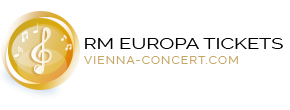
 EN
EN DE
DE IT
IT FR
FR ES
ES RU
RU JP
JP RO
RO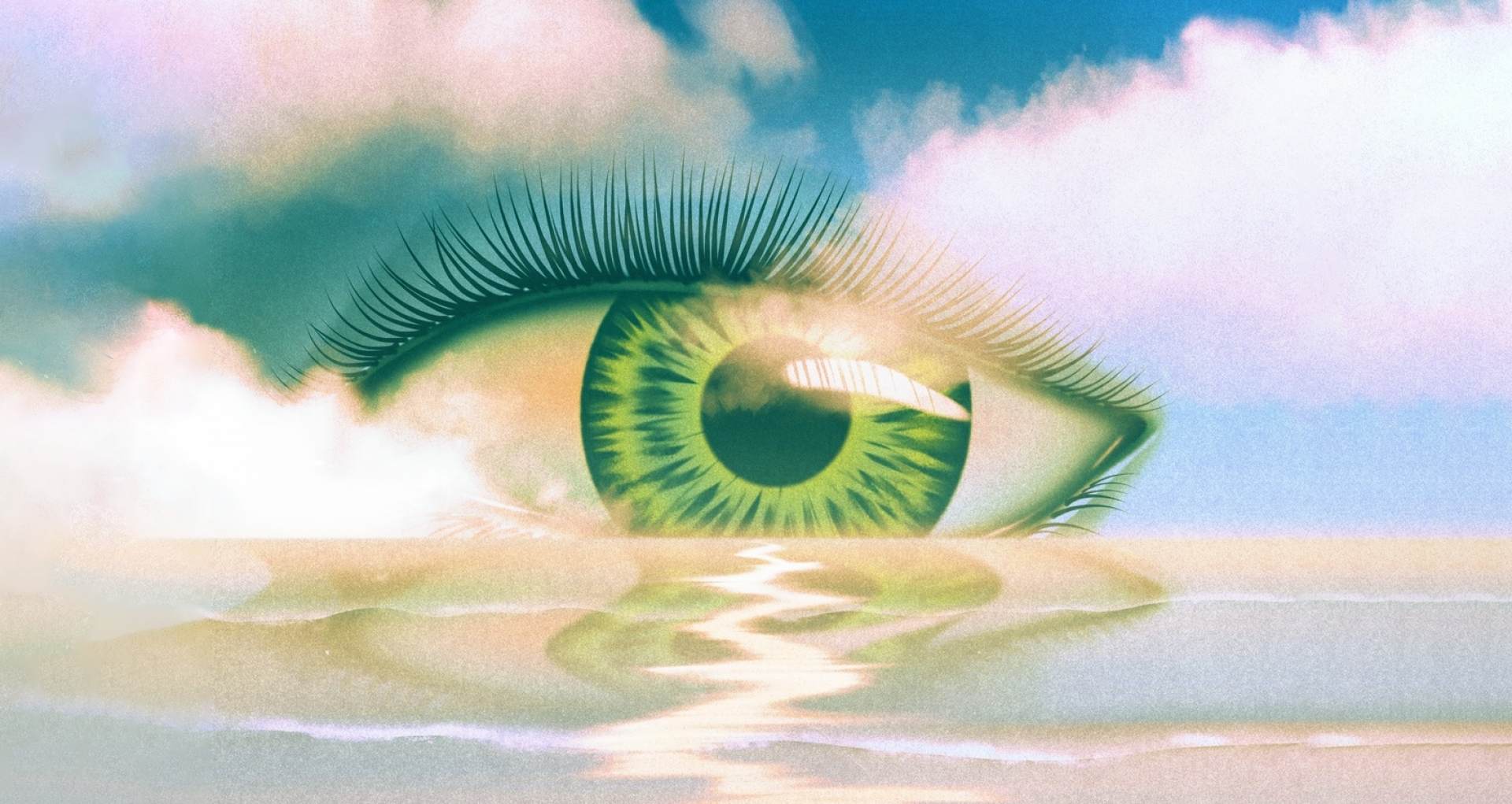
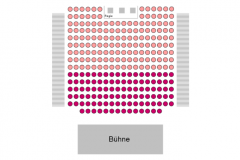 Seating plan
Seating plan 

